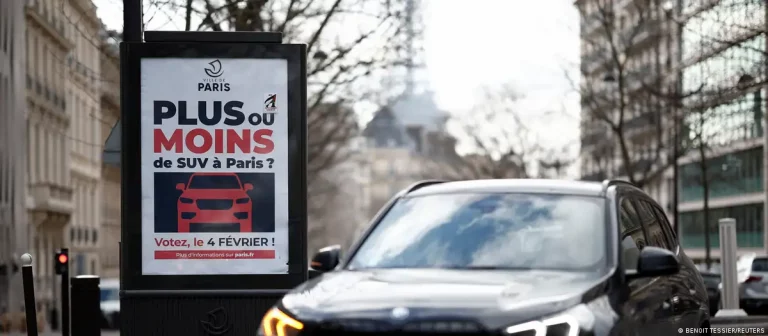From design thinking to ethnographic thinking
In the broader business world, writes social anthropologist Jay Hasbrouck, design thinking “is already a stale buzzword — a concept that spread widely as a panacea for dull and slow-moving corporate cultures.”
“Some say it’s now “the happy meal†of business solutions peddled by a growing number of consultants suddenly expert in its methods.
In the Design Sojourn blog, Brian Ling even argues that “design thinking is killing creativity†in part because it is now “structurally deployed like any other business process.†Others, like David Siegel, have observed that this growth has spawned an industry that churns out an endless series of ineffective innovation workshops, from which true actions are rarely undertaken in most organizations.”
In this excellent and must-read post, Hasbrouck goes on to ask:
“Why aren’t we seeing in-flight featurettes about ethnographic thinking and what it can do to propel innovation? And, even if ethnographers don’t aspire to position ethnographic thinking in same ways designers have design thinking, why aren’t we hearing a lot more about how thinking like an anthropologist is beneficial in business settings? After all, what group of professionals is more qualified to understand, analyze, and interpret cultures and cultural change (corporate, consumer, creator, or otherwise)?
Granted, designers have integrated what they call a human-centered approach as a core and critical principal of design thinking; and they have portrayed ethnographic methods in ways that have increased the visibility of the benefits ethnography offers as a practice. But that’s the rub. In the same ways that design thinking has been reduced to a series of rote methods or string of “fun†workshops by some, it has itself tended to reduce the perception of ethnography to a practice for which the sole purpose is to provide the observations needed to ‘solve’ a design challenge. For those of us who’ve spent our careers in the discipline, we know that ethnographic thinking can offer much more.”



